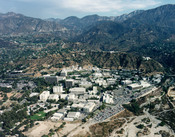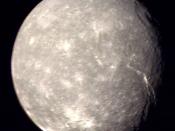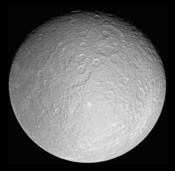The are clouds of dust and gas swirling through our galaxy. The clouds are where star are being made or are born (if you want to be technical). The clouds are about 100,000 times larger than our solar system.
The cloud are probably rustled by explosions from supernovas (not the mountain dew). The dust and gas gathers in clumps and the gravitational attraction pulls it all together. The clumps then become really solid and start to become stars.
When they are gathering they are 300-500 times the size of our solar system. The stars are had to see cause they are wrapped in their cocoon. There are only 50 stars known at this stage of development (of course there are more though). The development of better technological optics to view the sky help to find more baby stars (aww, how cute!).
As the clumps attract more and more over 10,000 to 100,000 years it gets denser.
As it gets denser it also gets hotter and therefore lights up. The star is then teenaged and is easier to see.
Cloud matter at both poles leave when the star disperses from it's cocoon. The speeds are about 100 to 300 kilometers a second. The jets smash into nebulae, they have to live with it. Protostars are inferred from the jets around other stars.
It take 100,000 to 3,000,000 years for the jets to slow and go out. When the jets go out the star isn't really accumulating matter and whatnot. The star at this point is about twice the size of our sun.
Over 40 million years the star contracts and warms. The disk steadily cools as it happens. Clumps of dust accumulates as the disk cools. The clumps will smash into other clumps forming the planets an that is why planet...



Short
Needs a little more substance
0 out of 0 people found this comment useful.